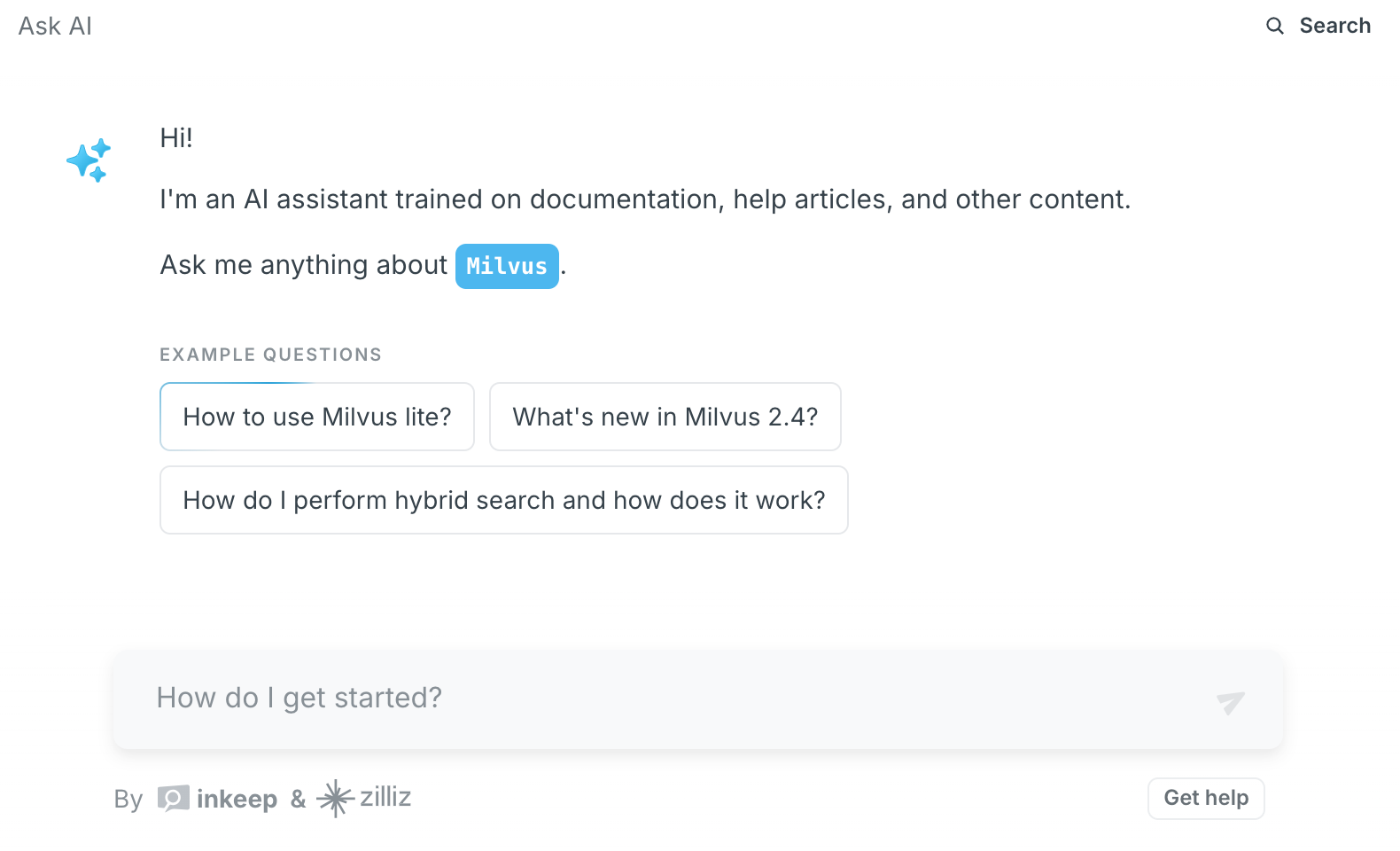When working with vector databases and large language models (LLMs), retrieving the right number of documents as context can significantly impact the performance and relevance of the model’s outputs. Here, we explore the advantages and disadvantages of retrieving a large number of documents, such as the top 10 or top 20, compared to a smaller set, such as the top 3, to provide context for LLMs.
Retrieving a large number of documents can enhance the breadth of information available to the LLM. This approach is particularly beneficial when dealing with complex queries or topics that require diverse perspectives or comprehensive background information. By accessing a broader range of documents, the LLM can synthesize information from multiple sources, potentially leading to a more nuanced and well-rounded response. This is especially useful in scenarios where the query is open-ended, or the subject matter is not well-defined, as it allows the model to draw on a wider pool of data to construct its answers.
However, retrieving more documents also has its downsides. The primary concern is the introduction of noise due to irrelevant or less relevant documents being included in the context. This can dilute the quality of the response by overwhelming the LLM with unnecessary information, potentially leading it to focus on less pertinent details. Additionally, processing a larger number of documents can increase computational overhead, slowing down response times and consuming more resources, which may not be ideal in real-time applications or scenarios with limited computational capacity.
On the other hand, retrieving only the top few relevant documents, such as the top 3, offers distinct advantages in terms of precision. This strategy ensures that the LLM is primarily focused on the most pertinent information, reducing the likelihood of distraction by less relevant data. This often results in more concise and direct responses, which is desirable in applications where clarity and relevance are prioritized over comprehensiveness. Additionally, using fewer documents can lead to faster processing times and reduced computational load, making this approach more efficient for systems with performance constraints.
The main disadvantage of retrieving fewer documents is the potential loss of valuable context that might reside outside the top-ranked documents. In cases where the top few documents do not adequately cover the necessary aspects of a query, the LLM’s response may lack depth or overlook critical information, leading to incomplete or superficial answers. This approach might be less effective for complex queries that benefit from multiple viewpoints or detailed background information.
Ultimately, the choice between retrieving many documents versus a few should be guided by the specific needs of the application and the nature of the queries being addressed. If the goal is to generate comprehensive, informative responses and computational resources are available, retrieving a larger set of documents might be advantageous. Conversely, if the focus is on delivering precise, quick answers with minimal resource usage, selecting a smaller set of highly relevant documents may be more appropriate. Balancing these factors is key to optimizing the performance and efficiency of LLMs in conjunction with vector databases.
